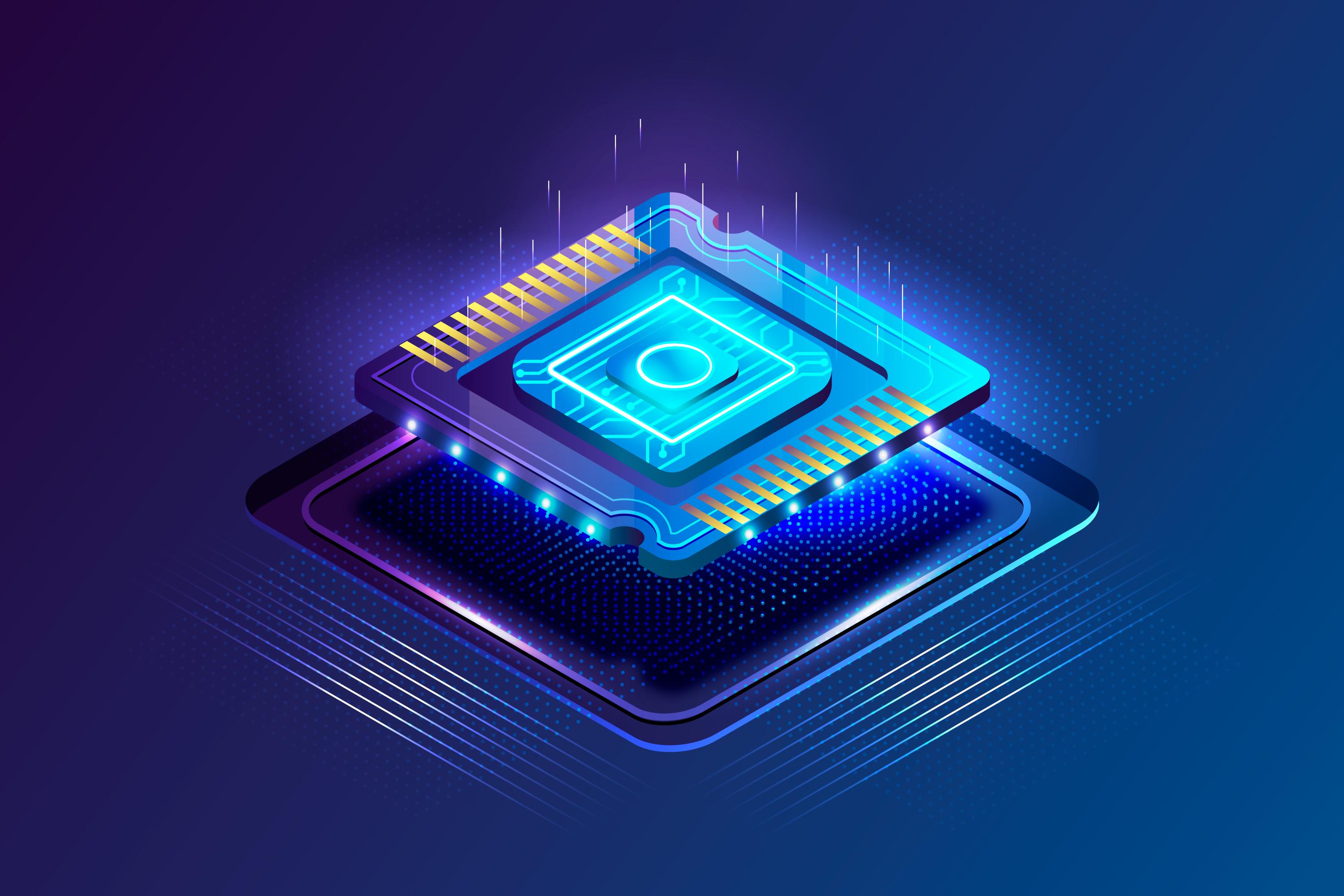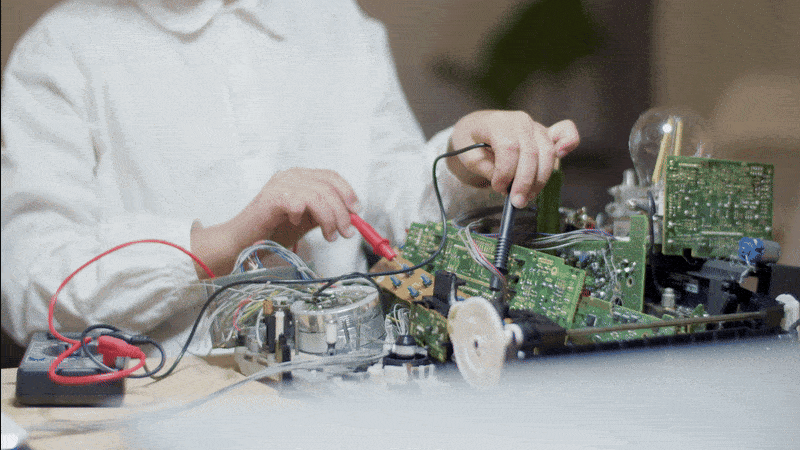In today's ever-evolving technology landscape, the demand for skilled engineers is at an all-time high. Among the numerous engineering disciplines, physical design engineering stands out as a critical field in the semiconductor and electronics industries. As a result, physical design engineers are in high demand, but so are the applicants vying for these roles. The competitive job market for physical design engineers can make securing a position challenging. However, with the right approach, job seekers can stand out from the crowd and land their dream job. In this article, we’ll explore how to stand out as a physical design engineer and provide valuable tips for physical design job seekers.
Understanding the Role of a Physical Design Engineer
Before exploring how to stand out as a physical design engineer, it’s essential to understand the role these engineers play. Physical design engineers are responsible for converting high-level design specifications into physical layouts for integrated circuits (ICs). Their primary focus is ensuring that the designs are not only manufacturable but also functional. They work on optimizing these layouts for performance, power efficiency, and signal integrity, all while meeting stringent manufacturing standards. Mastering these tasks is crucial for anyone looking to excel in the field and stand out as a top-tier physical design engineer.
Physical design engineers must have a deep knowledge of semiconductor design tools, CAD software, and the design flow process. They play a key role in the production of chips used in everything from consumer electronics to medical devices and automotive systems.
The High Demand and Intense Competition for Physical Design Engineers
The competitive job market for physical design engineers is shaped by several factors. First, the rapid growth in the semiconductor industry is fueling demand for skilled professionals. However, the supply of qualified engineers doesn’t always keep up, making it harder for candidates to secure a position. Additionally, companies are seeking engineers with specialized skills and experience, particularly those who can work with cutting-edge technology and adapt to new design tools.
To excel in this competitive environment, job seekers need to focus on building a well-rounded skill set, gaining industry experience, and effectively marketing themselves to potential employers. The following tips will help you stand out as a physical design engineer in today’s job market.
Build a Strong Technical Skillset
One of the most crucial aspects of standing out in a competitive job market is having a strong technical foundation. For physical design engineers, this means being proficient in industry-standard tools and software. Commonly used tools include Cadence, Synopsys, and Mentor Graphics for tasks such as place-and-route, floorplanning, timing analysis, and power optimization. Familiarity with these tools is essential to showcase your competence in physical design.
In addition to mastering these tools, physical design engineers should have a deep understanding of:
ASIC/FPGA Design Flow: Knowing the end-to-end process from RTL (Register Transfer Level) to GDSII (Graphic Data System II) is a must.
Timing and Power Analysis: Having expertise in static timing analysis (STA) and power analysis ensures that designs meet functional requirements while minimizing power consumption.
Signal Integrity and Electromagnetic Interference (EMI): Knowledge in this area ensures that designs are robust and can withstand real-world usage scenarios.
Foundry Processes: Understanding the nuances of various fabrication processes will help you design chips that are manufacturable at scale.
By continually developing your technical skills and staying up-to-date with the latest advancements in the field, you’ll position yourself as a valuable candidate in the eyes of employers.
Gain Relevant Experience Through Internships or Freelancing
While a degree in electrical engineering or a related field is the foundation of a career in physical design engineering, hands-on experience is equally important. In a saturated job market for physical design engineers, practical experience can set you apart from other candidates.
Internships or freelance projects can provide real-world exposure to the tools, techniques, and challenges that physical design engineers face on a daily basis. Participating in internships or taking on freelance assignments allows you to build a portfolio of work that you can showcase to potential employers.
Internships are an excellent opportunity to gain insight into industry-specific practices and develop the skills needed to succeed. If you're unable to find an internship, consider contributing to open-source design projects or taking on contract work to build your experience and expand your network.
Specialize in a Niche Area
The field of physical design engineering is broad, and employers often look for candidates with specialized knowledge in certain areas. Specializing in a niche area can help you stand out as a physical design engineer, as it demonstrates expertise in a particular aspect of physical design.
Some possible areas of specialization include:
Advanced Node Design: With the industry shifting toward smaller process nodes (e.g., 5nm, 3nm), engineers with experience in these advanced nodes are highly sought after.
Low Power Design: Power efficiency is critical in modern electronics, and engineers with expertise in low power design techniques are in high demand.
3D IC and System-in-Package (SiP) Design: As demand for more compact and high-performance chips increases, 3D IC and SiP design are becoming increasingly important.
Electromagnetic Compatibility (EMC): Engineers with a focus on reducing interference and improving signal integrity are essential for ensuring chip functionality in complex systems.
By specializing in one of these areas, you can position yourself as an expert in a high-demand niche, making you more attractive to companies looking for specific skills.
Develop Soft Skills and Communication Abilities
While technical skills are crucial for a physical design engineer, soft skills such as communication, problem-solving, and teamwork are equally important in today’s job market. Physical design engineers often work in cross-functional teams that include designers, project managers, and quality control specialists. Effective communication and collaboration are essential for ensuring that design goals are met on time and within budget.
Some ways to improve your soft skills include:
Networking: Attend industry conferences, webinars, and meetups to connect with other professionals and learn about emerging trends.
Collaborative Projects: Participate in group projects or join online forums where you can interact with others in the field.
Presentation Skills: Physical design engineers often present their work to stakeholders, so developing the ability to clearly communicate complex ideas is invaluable.
By honing these soft skills, you can make yourself a more well-rounded candidate who is ready to contribute to a team and communicate technical information effectively.
Stay Updated with Industry Trends
The semiconductor industry is constantly evolving, and staying informed about the latest trends and technologies is critical for success. To stay competitive, physical design engineers must keep up with advancements in areas such as AI-driven design tools, machine learning for optimization, and the development of new semiconductor materials.
You can stay updated by:
- Reading industry blogs and research papers
- Attending conferences and webinars
- Participating in online courses or certifications
- Joining industry-specific groups and forums
By demonstrating a commitment to continuous learning, you will show employers that you are adaptable and invested in growing your career.
Create a Compelling Resume and Portfolio
Your resume and portfolio are often the first impression potential employers will have of you, so it’s important to make them count. Tailor your resume to highlight your skills, experience, and projects relevant to physical design engineering. Include specific technical skills, tools you’re proficient in, and any certifications or specialized training you’ve completed.
In addition to your resume, a well-organized portfolio showcasing your work is essential. This could include:
- Detailed project descriptions
- Visuals or diagrams of physical design projects you’ve worked on
- Any metrics that demonstrate your contributions, such as improvements in power consumption or timing accuracy
A strong portfolio will set you apart from other candidates and demonstrate your hands-on experience and capabilities.
Conclusion
In conclusion, the job market for physical design engineers is competitive, but with the right approach, you can stand out as a top candidate. By building a solid technical skillset, gaining hands-on experience, specializing in a niche area, improving soft skills, staying updated with industry trends, and presenting a compelling resume and portfolio, you will increase your chances of landing a rewarding job in this dynamic field.
As a physical design engineer, your expertise is highly valued, and with the right preparation and strategy, you can rise above the competition and achieve success in this exciting industry.

Why VLSIFIRST Is the Best Career Launchpad for ECE, EEE & CSE Graduates
Discover why ECE, EEE, and CSE graduates choose VLSIFIRST for high-paying VLSI careers. Learn how industry-ready training, projects, and placements accelerate your journey.

Engineering Completed? How VLSIFIRST Helps You Enter VLSI Faster
Discover how VLSIFIRST helps engineering graduates fast-track their VLSI careers with industry-ready training, projects, mentorship, and job-oriented skill development.

Clock Gating vs Power Gating: Implementation, RTL Flow & Verification Guide
Learn how to implement clock gating and power gating with RTL design steps, backend changes, UPF flow, and a full verification checklist for efficient low-power VLSI design.
_11zon.jpg)
What to Do After Engineering? Why VLSIFIRST Leads Chip Design Careers
Discover why VLSIFIRST is becoming the top choice for engineering graduates pursuing VLSI and semiconductor careers. Explore job roles, growth, and industry-ready training benefits.

VLSI Career Roadmap for Engineering Graduates: Step-by-Step Guide
A complete VLSI career roadmap for engineering graduates. Learn skills, domains, tools, and steps to become a successful semiconductor engineer in the chip design industry.
Entry Level Semiconductor Jobs, Salary Comparison Between VLSI Professional And Software Engineer, VLSI Certification Course Online Free, Best Websites For VLSI Technical Interview Preparation, RTL Design Engineer Interview Tips For Freshers, How Networking Helps ECE Graduates In VLSI Job Hunt, Top VLSI Companies In Bangalore, Hardware Jobs For ECE Freshers, VLSI Training in Bangalore, VLSI Training Institute in Bangalore, Video Resume Creation And Benefits Of Video Resume, Benefits Of Embedded System Course, Transition From RTL Student To Contributor
Hours
Copyright 2025 © VLSI Technologies Private Limited
Designed and developed by KandraDigitalCopyright 2025 © VLSI Technologies Private Limited
Designed, Developed & Marketing by KandraDigital
